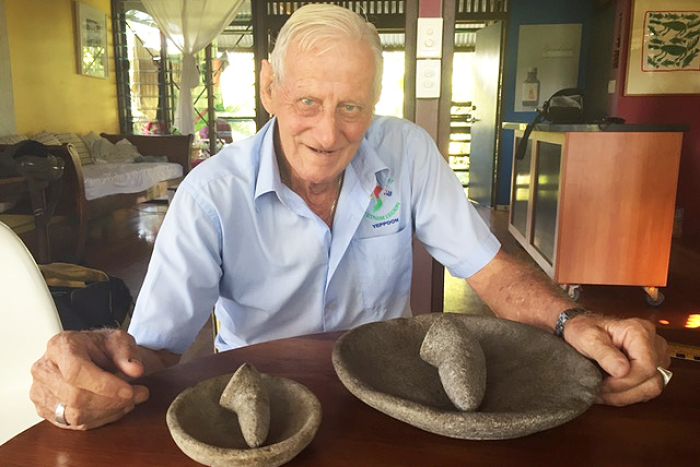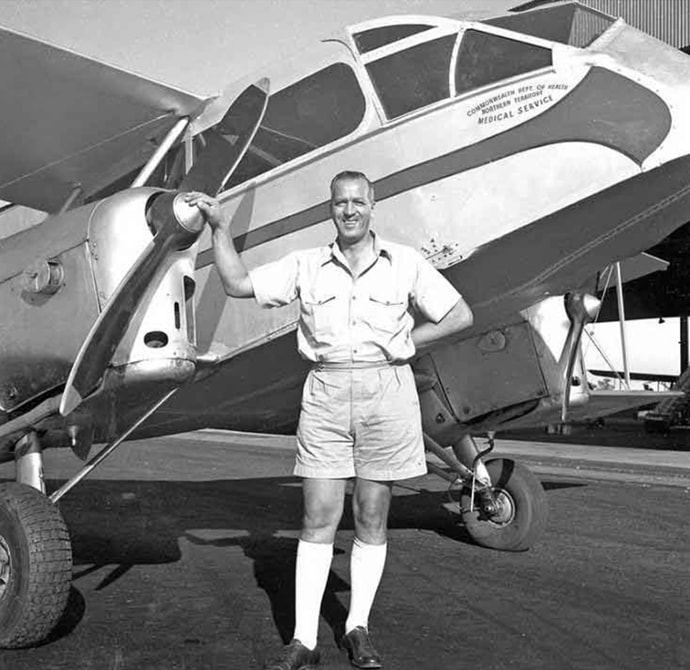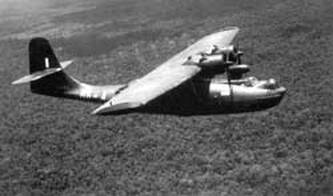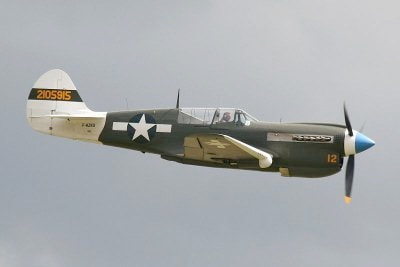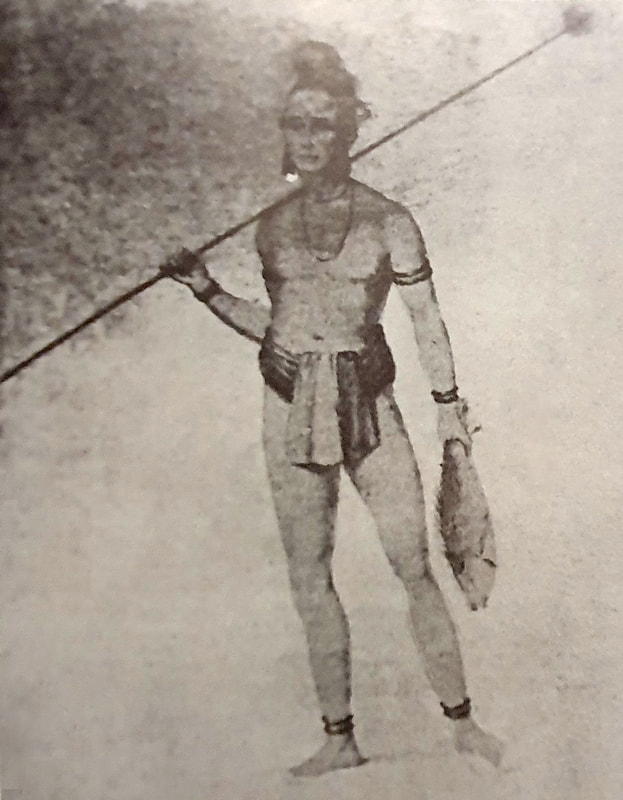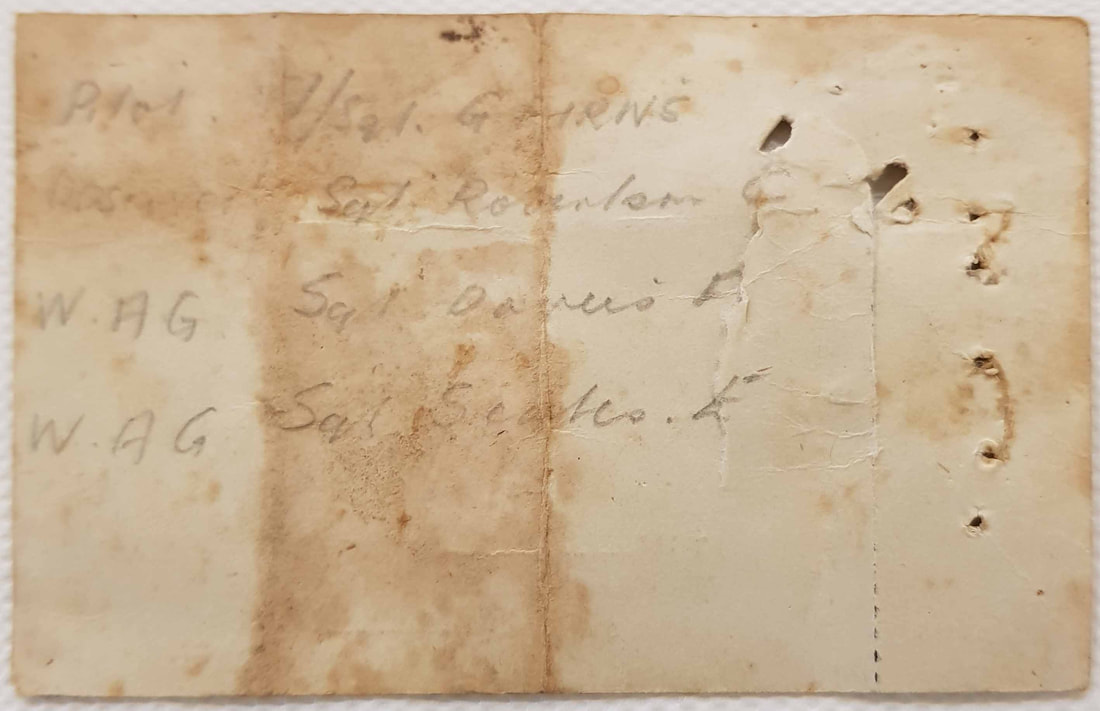TERRITORY TREASURES
Territory Treasures languish in the vaults of distant museums - most have not been seen for decades & no research has been done other than that sponsored by PastMasters. These items are pivotal to Territory identity - education & tourism. Lord knows we need our marbles - let's bring them home.
All museums, except the British Museum, have a De-accession Policy under which they routinely clear, sell or repatriate items from their collections.
These items listed below are all of historical value but there is none to whom they are of greater value than Territorians - if these Territory Treasures could be safely conserved & displayed in the NT then we'd support bringing them home - perhaps on extended loan.
All museums, except the British Museum, have a De-accession Policy under which they routinely clear, sell or repatriate items from their collections.
These items listed below are all of historical value but there is none to whom they are of greater value than Territorians - if these Territory Treasures could be safely conserved & displayed in the NT then we'd support bringing them home - perhaps on extended loan.
Top End Territory Treasures in the NT
Flinders & Australian's Bay - Cave of the Axes - Pobassoo Island & Encounter Strait -
Wagaman Cannon Ball
At 1166gms (2.57lbs) it is from a Falconet. It was found at Fort Hill and recovered from a backyard at Parer Drive in Wagaman in May 2017.
|
English: A cast spherical iron cannon ball, which based upon its diameter and weight was fired from a Falconet, a piece of small artillery with a calibre of between 2 and 2 1/2 inches, firing shot of approximately 1 pound a maximum distance of approximately 1000 paces (Roy 1975, 261-263). This example is 49.33 mm in diameter (just short of 2 inches) and weighs 485.9 grams (1.1 pounds). It has a dark brown patina and is well preserved. Falconets were in use from late 15th to 18th centuries AD. Ian Roy (ed.) The Royalist Ordnance Papers, 1642-1646 - Part 2. Wheatley:
Oxfordshire Record Society, 1975 (Oxfordshire Record Series Vol.49) pp261-263. By the mid 19th century these were popular signal guns in far flung corners of the empire - but would still sting. |
Unrecovered Territory Treasures
Overseas Territory Treasures
|
Saumlaki Yamdena Is.
|
Kampung Lauran - Babar Is
|
Gave pigtail to Capt. Watson who near death gave it to Cmdr. Pascoe
|
Interstate Territory Treasures
The Kilwa Coins of the Isenberg Hoard - Powerhouse Museum - Sydney

Morry Isenberg was briefly stationed on Marchinbar Island during 1945 as a RAAF radar operator.
Whilst fishing he found nine small copper coins which he placed in a match tin - that made its way into his kit bag - where it remained until 1979 when Morry mentioned them to a friend - who in turn mentioned them to numismatist Dr Bill Mira who identified them as being from African & the Netherlands. In 1983 Morry Isenberg donated the coins to the Power House Museum in Sydney.
In November 1983, H.P. Boland, Curator of Numismatics, Sydney Mint Museum gave a written valuation of $5,000. He stated that "They are the earliest dated coins so far discovered in Australia and represent an entirely new concept in early Australian history, the significance of which has yet to be determined."
The coins were displayed during the bicentennial & some 180,000 people visited the museum by the end of 1988 when the display was taken down.
Whilst fishing he found nine small copper coins which he placed in a match tin - that made its way into his kit bag - where it remained until 1979 when Morry mentioned them to a friend - who in turn mentioned them to numismatist Dr Bill Mira who identified them as being from African & the Netherlands. In 1983 Morry Isenberg donated the coins to the Power House Museum in Sydney.
In November 1983, H.P. Boland, Curator of Numismatics, Sydney Mint Museum gave a written valuation of $5,000. He stated that "They are the earliest dated coins so far discovered in Australia and represent an entirely new concept in early Australian history, the significance of which has yet to be determined."
The coins were displayed during the bicentennial & some 180,000 people visited the museum by the end of 1988 when the display was taken down.
There are 'five coins from the Kilwa Sultanate in East Africa in the vicinity of Tanzania. The date span suggested by current research is from about AD 1294 to about AD 1308.it is more likely however, that they are connected with Portuguese explorations in the 16th Century, east of the Grand Meridian, which divided the world into spheres of Spanish and Portuguese influence. The Portuguese sacked Kilwa in AD 1505 and probably conscripted these experienced sailors for service in their ships. By AD 1519/20 the Portuguese had established a major trading post and fort in Ambon, to the near north of Australia. An eye witness to the sack of Kilwa in AD 1505, a German named Hans Mayr, noted that “Kilwas had copper coins like our ceptis, four being equally to one real: Portuguese coins have the same value there as at home.” This is evidence that Portuguese and Kilwa coins, in the low values at least, circulated at parity. Islamic copper coins have an extremely long circulating life and there is nothing unusual about coin up to 400 years old still being in circulation in mediaeval times.'
'It is likely then that these Kilwa coins are relics of an early Portuguese exploration around the coast of Northern Australia. They are certainly the oldest coins yet found in an Australian context. In addition there are 'four doits struck in the Low Countries for use by the Dutch East India Company ranging from AD 1690 to 1784. Coins of these types are found from time to time on the coasts of Western and Northern Australia. They provide evidence of a possible Dutch wreck in this area, or of some Dutch contact.' (H.P. Boland, Curator of Numismatics, Sydney Mint Museum) The coins were displayed during the bicentennial when180,000 people visited the museum by the end of 1988 when the display was taken down. They have not been displayed for more than a quarter of a century.
The Past Masters, with the assistance of the PowerHouse Museum & ANU have subjected the coins to SEM-EDS analysis with results pending.
'It is likely then that these Kilwa coins are relics of an early Portuguese exploration around the coast of Northern Australia. They are certainly the oldest coins yet found in an Australian context. In addition there are 'four doits struck in the Low Countries for use by the Dutch East India Company ranging from AD 1690 to 1784. Coins of these types are found from time to time on the coasts of Western and Northern Australia. They provide evidence of a possible Dutch wreck in this area, or of some Dutch contact.' (H.P. Boland, Curator of Numismatics, Sydney Mint Museum) The coins were displayed during the bicentennial when180,000 people visited the museum by the end of 1988 when the display was taken down. They have not been displayed for more than a quarter of a century.
The Past Masters, with the assistance of the PowerHouse Museum & ANU have subjected the coins to SEM-EDS analysis with results pending.
Shou Lao Statue 1879 - Powerhouse Museum - Sydney

From the Power House Museum Sydney NSW. Figure 'Shou Lao', carved pinite, maker unknown, China, [early 19th century], excavated in Doctor's Gully, Palmerston, Port Darwin, Northern Territory, Australia, 1879
"The Chinese archaeologists passed no comment on the figure regarding it as a curio. Other experts passing through and to whom I have shown it, place it at the earliest in the second half of the C18th, & most likely in the early C19th. It is a minor work and no doubt there are few accurately dated examples of this kind, but I see no reason to claim great antiquity for it". Owing to the inadequacy of the record of excavation in 1879 it would appear that stylistic analysis is the only option for dating. The Powerhouse Museum continues to gather information and opinions about the date of the object." (John Wade was a Curator at the Powerhouse Museum)
Historical Notes
The Shou Lao figurine was discovered in 1879 at Doctor's Gully, Palmerston, Port Darwin, Northern Territory, when a gang of workmen, making a road, cleared a banyan tree and found the statue wedged amongst its roots. The gang was supervised by a government official, Mr Strawbridge, who pocketed the find. Late in 1888, the Curator of the Technological Museum in Sydney (later Museum of Applied Arts and Sciences) wrote to various bodies exhibiting at the Centennial International Exhibition, seeking donations of material for the Museum. In response, the South Australian Commissioner sent a plaster cast of the statuette.
Thomas Worsnop, Town Clerk of Adelaide, purchased the figure from Strawbridge for five guineas. After his death there was an unsuccessful attempt to sell the figure to the South Australian Museum. Later the figure was placed, by Worsnop's daughters, on loan to the Art Gallery of South Australia, (apparently in the 1930s) but was withdrawn during WWII for fear of Japanese bombing raids. The figure passed by descent to Mrs May Krogman, who offered it to the Australian Museum early in 1950. The curator at the Australian Museum suggested it belonged in the Technological Museum & was purchased by that museum for 10 pounds.
"The Chinese archaeologists passed no comment on the figure regarding it as a curio. Other experts passing through and to whom I have shown it, place it at the earliest in the second half of the C18th, & most likely in the early C19th. It is a minor work and no doubt there are few accurately dated examples of this kind, but I see no reason to claim great antiquity for it". Owing to the inadequacy of the record of excavation in 1879 it would appear that stylistic analysis is the only option for dating. The Powerhouse Museum continues to gather information and opinions about the date of the object." (John Wade was a Curator at the Powerhouse Museum)
Historical Notes
The Shou Lao figurine was discovered in 1879 at Doctor's Gully, Palmerston, Port Darwin, Northern Territory, when a gang of workmen, making a road, cleared a banyan tree and found the statue wedged amongst its roots. The gang was supervised by a government official, Mr Strawbridge, who pocketed the find. Late in 1888, the Curator of the Technological Museum in Sydney (later Museum of Applied Arts and Sciences) wrote to various bodies exhibiting at the Centennial International Exhibition, seeking donations of material for the Museum. In response, the South Australian Commissioner sent a plaster cast of the statuette.
Thomas Worsnop, Town Clerk of Adelaide, purchased the figure from Strawbridge for five guineas. After his death there was an unsuccessful attempt to sell the figure to the South Australian Museum. Later the figure was placed, by Worsnop's daughters, on loan to the Art Gallery of South Australia, (apparently in the 1930s) but was withdrawn during WWII for fear of Japanese bombing raids. The figure passed by descent to Mrs May Krogman, who offered it to the Australian Museum early in 1950. The curator at the Australian Museum suggested it belonged in the Technological Museum & was purchased by that museum for 10 pounds.

John Wade (a former Museum of Applied Arts and Sciences curator) speculates that the most likely explanation for its presence in Australia was that it came with Macassan fishermen engaged in the trepang trade with China.
Later comments on file by Claire Roberts (Powerhouse Museum Curator) following discussion with Margaret Clinch (13/2/1996) of the Northern Territory Historical Society suggest that the figurine was more likely to have been deposited in the tree some years before discovery.
The Macassan connection is unlikely because trepangers did not usually come to Doctor's Gully / Darwin harbour as the winds & trepang are unsuitable. Margaret Clinch feels the figurine was more likely left by local Chinese people already in Australia. It was found by a search of their website and is not on display.
Later comments on file by Claire Roberts (Powerhouse Museum Curator) following discussion with Margaret Clinch (13/2/1996) of the Northern Territory Historical Society suggest that the figurine was more likely to have been deposited in the tree some years before discovery.
The Macassan connection is unlikely because trepangers did not usually come to Doctor's Gully / Darwin harbour as the winds & trepang are unsuitable. Margaret Clinch feels the figurine was more likely left by local Chinese people already in Australia. It was found by a search of their website and is not on display.
Fort Dundas Uniform Regalia - Mitchell Library - Sydney
Could not be found by a search of their website and not on display.
Uniform relics of the 57th Regiment from the site of Fort Dundas, Melville Island, September 1826-1829
Date of Work September 1826-1829
Call Number R 1074
Physical Description 5 uniform accessories: iron, brass?; 60 x 60 x 6 mm. (depth) (heel plate); 40 mm. (diameter) x 10 mm. (depth) (2 chin-strap badges); 48 x 44 x 6 mm. (depth) (regimental badge); 11 x 10 x 5 mm. (depth) (button), with attached plate 18 x 22 cm.
Contents Badge of 57th Regiment, heel plate, button, and pair of chin-strap badges (5 objects).
Regimental badge features numerals "57" on a plain background.
Button and chin-strap badges feature a lion's head.
Button has a flat plate attached by two clips on reverse; plate has a pair of holes for stitching.
In a box labelled by Sir Edward Ford: "Unearthed from Fort Dundas Apsley Strait Melville Island 1938. E Ford"
Collection History These relics were recovered from the site of Fort Dundas on Apsley Strait during a medical survey of the island in 1938. They were donated to the Mitchell Library in December 1972 by Sir Edward Ford OBE, Professor of Preventive Medicine, School of Public Health and Tropical Medicine, University of Sydney. It is not known whether Sir Edward Ford was present at the survey.
Source Donated by Sir Edward Ford OBE, December 1972 Pic.Acc.2696
n.b. The 57th under Major Campbell relieved Barlow & the Buffs in 1826 - remaining until 1829
Date of Work September 1826-1829
Call Number R 1074
Physical Description 5 uniform accessories: iron, brass?; 60 x 60 x 6 mm. (depth) (heel plate); 40 mm. (diameter) x 10 mm. (depth) (2 chin-strap badges); 48 x 44 x 6 mm. (depth) (regimental badge); 11 x 10 x 5 mm. (depth) (button), with attached plate 18 x 22 cm.
Contents Badge of 57th Regiment, heel plate, button, and pair of chin-strap badges (5 objects).
Regimental badge features numerals "57" on a plain background.
Button and chin-strap badges feature a lion's head.
Button has a flat plate attached by two clips on reverse; plate has a pair of holes for stitching.
In a box labelled by Sir Edward Ford: "Unearthed from Fort Dundas Apsley Strait Melville Island 1938. E Ford"
Collection History These relics were recovered from the site of Fort Dundas on Apsley Strait during a medical survey of the island in 1938. They were donated to the Mitchell Library in December 1972 by Sir Edward Ford OBE, Professor of Preventive Medicine, School of Public Health and Tropical Medicine, University of Sydney. It is not known whether Sir Edward Ford was present at the survey.
Source Donated by Sir Edward Ford OBE, December 1972 Pic.Acc.2696
n.b. The 57th under Major Campbell relieved Barlow & the Buffs in 1826 - remaining until 1829
The Darwin Harbour Gun 1907 - SA Maritime Museum - Adelaide
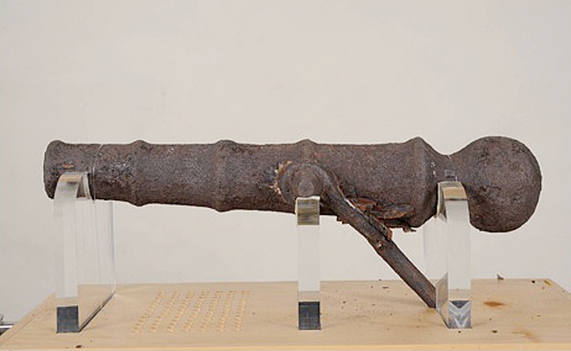 Port Darwin Swivel Gun
Port Darwin Swivel Gun
"Ancient Cannon discovered by WDM Sayers on the 6th June 1907 near Quarantine Station West Arm Northern Territory and presented to the Adelaide Museum on 22nd August 1907".
One of two small iron swivel guns found in Darwin harbour and currently in SA Maritime Museum Port Adelaide. As usual with these finds one is retained and the other inexplicably lost.
It is noted that the NT was no longer under SA jurisdiction and that the removal of the 'ancient cannon' & gifting to the Adelaide Museum was likely an offence under the prevailing Commonwealth legislation. Nevertheless, it has preserved the piece and the contents of the barrel remain intact. Following the successful world-first dating of the sand in the Dundee swivel gun there have been repeated offers to perform OSL dating on the Darwin harbour gun but after 10 years we have given up.
One of two small iron swivel guns found in Darwin harbour and currently in SA Maritime Museum Port Adelaide. As usual with these finds one is retained and the other inexplicably lost.
It is noted that the NT was no longer under SA jurisdiction and that the removal of the 'ancient cannon' & gifting to the Adelaide Museum was likely an offence under the prevailing Commonwealth legislation. Nevertheless, it has preserved the piece and the contents of the barrel remain intact. Following the successful world-first dating of the sand in the Dundee swivel gun there have been repeated offers to perform OSL dating on the Darwin harbour gun but after 10 years we have given up.
Morse Code Writer 1870 - Powerhouse Museum - Sydney
 Electric Morse Code ink writer 1870
Electric Morse Code ink writer 1870
Morse code ink writer, electrical, wood/metal/brass, Elliott Bros. Ltd., London, 1870
Wood and brass rectangular base with two drawers to front. At centre top is a circular glass insert allowing visual access to the mechanics housed in the base. Bakelite switch located just below a metal cylindrical drum (this is on a simple frame stand). Three separate electrical adapters/wires are protruding from the machine. One has four prongs, the other two have raw electrical wire ends. At the front of the machine, above the drawers is a copper mechanism with various knobs to the front, this is attached to the metal drum by a small spring. It was found by a search of their website and is not on display.
Engraved onto copper "ELLIOTT BROTHERS / (LONDON) LTD / NO 1196"
Read more: http://www.powerhousemuseum.com/collection/database/?irn=208410#ixzz45PB1zA4I
Wood and brass rectangular base with two drawers to front. At centre top is a circular glass insert allowing visual access to the mechanics housed in the base. Bakelite switch located just below a metal cylindrical drum (this is on a simple frame stand). Three separate electrical adapters/wires are protruding from the machine. One has four prongs, the other two have raw electrical wire ends. At the front of the machine, above the drawers is a copper mechanism with various knobs to the front, this is attached to the metal drum by a small spring. It was found by a search of their website and is not on display.
Engraved onto copper "ELLIOTT BROTHERS / (LONDON) LTD / NO 1196"
Read more: http://www.powerhousemuseum.com/collection/database/?irn=208410#ixzz45PB1zA4I
Other Territory Items of Historic Value held at the PowerHouse Museum
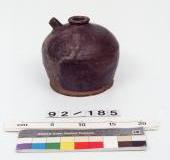
85/1284-328 Photographic negative, portrait of unidentified Australian Aboriginal men from Port Darwin area in a European garden, publisher Kerry and Company, Australia, 1890-1900
85/1284-2808 Photographic negative, portrait of an unidentified Australian Aboriginal man, Port Darwin, Northern Territory, Australia, photographer Paul Foelsche, publisher Kerry and Company, 1890-1900
92/185 Kendi, wine / water container, stoneware, maker unknown, made in China, made 1850-1900, found in South Port (Port Darwin), Northern Territory, Australia, found in 1941. It was found by a search of their website and is not on display.
85/1284-2808 Photographic negative, portrait of an unidentified Australian Aboriginal man, Port Darwin, Northern Territory, Australia, photographer Paul Foelsche, publisher Kerry and Company, 1890-1900
92/185 Kendi, wine / water container, stoneware, maker unknown, made in China, made 1850-1900, found in South Port (Port Darwin), Northern Territory, Australia, found in 1941. It was found by a search of their website and is not on display.
The above photographs are not available on-line for whatever reason they haven't been digitised, copied or on display probably in the intervening 100+ years. What is the point?
The Grey's Teapot
|
Residing in Canberra with MH - this pot was a wedding present to Marjorie & Fred Grey - of Umbakumba fame. It was a treasured possession, given by Fred to MH as a farewell present upon leaving the NT. It is described as a 'Vintage Art Deco signed Price Bros. Butterfly Ware teapot - 'rare find' - $33.75 Etsy.com
|
Message Dropped to Pat Cam Survivors
The note dropped by RAAF pilot Len Gairns to the survivors of the sinking of HMAS Patricia Cam on 22nd January 1943. The note was souvenired by Bert Stevens, the Pat Cam's Telegraphist, whose widow Betty Stevens is with Jan Braund daughter of deceased stoker Percy Cameron and Debby Gairns daughter of pilot Len Gairns who wrote the note and dropped it from his Beaufort. The note asks a series of questions for the survivors to write in the sand.
Fannie Bay Monster 1915 - Australian Museum - Sydney
 ichthyosaur
ichthyosaur
Jared Archibald of MAGNT advises that the Fannie Bay Monster is an ichthyosaur fossil found in 1915 at Fannie Bay in Darwin harbour - it went to the Australian Museum in Sydney many years after discovery and is still in their collections. Ichthyosaurs are prehistoric marine reptiles - not dinosaurs - as yet, no dinosaur fossils have been found in the NT, but we live in hope. It could not be found by a search of their website and is not on display.
It is sometimes confused with the "Nightcliff Monster" which is another ichthyosaur fossil found by Keith Docking in 1983 and recovered by a team from MAGNT where it has been on display, in the Transformation Gallery, for many years.
It is sometimes confused with the "Nightcliff Monster" which is another ichthyosaur fossil found by Keith Docking in 1983 and recovered by a team from MAGNT where it has been on display, in the Transformation Gallery, for many years.
Darwin Harbour Channel Buoy - Qld Maritime Museum - Brisbane
Could not be found by a search of their website and not on display.
Sanyo Maru - All 70 relics 'donated' to National Maritime Museum - Sydney
|
Captain Haultain aboard Larrakia had attended the first frantic salvage by the Japanese owners (Watch Off Arnhem Land p210) & documented the activities of the salvage men and the Bishu Maru - the barter of alcohol for Aboriginal women and appeasement policy of Canberra. The Sanyo Maru was found by the RAN in 2001 during coastal mapping & its identity confirmed by a MAGNT expedition led by Paul Clark in 2002. The ABC Science Show ran the story and The Courier Mail of 29th July reported...................
|
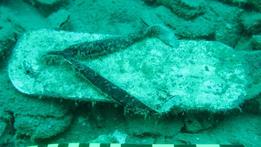
'THE only known wreck of a Japanese pearling mothership in Australian waters will be safeguarded by a 200ha protection zone, says Federal Heritage Minister Mark Butler. The Sanyo Maru sits on its keel in 27m of water 60km off the Arnhem Land coast.
On July 1, 1937, the Sanyo Maru was heavily overloaded with cargo and a crew of 20 when hit by a storm, and sank. Two crew members died. Mr Butler said the Sanyo Maru was significant, not only because it was the sole wreck of a Japanese pearling mothership, but because of the site's remarkable condition and the significance of its archaeological relics.
"The unique collection of relics at the site can provide us with unparalleled insight into the operation and technology of the pearl shell trade during the 1930s and the day-to-day lives of the crews,'' Mr Butler said. Japanese Ambassador, His Excellency Yoshitaka Akimoto, said the move was welcome and would help remind people of the long ties between the two countries.
The Sanyo Maru was a steel ship used to support a fleet of pearling luggers. At the height of the pearl shell industry 190 pearling luggers were operating in the Arafura Sea, with each lugger averaging a crew of 14. The pearling motherships provided food, diesel fuel, timber for cooking and freshwater to the luggers. Australian and foreign crews from all pearling vessels were not permitted to make landfall. Protection zones prohibit all entry without a permit.'
On July 1, 1937, the Sanyo Maru was heavily overloaded with cargo and a crew of 20 when hit by a storm, and sank. Two crew members died. Mr Butler said the Sanyo Maru was significant, not only because it was the sole wreck of a Japanese pearling mothership, but because of the site's remarkable condition and the significance of its archaeological relics.
"The unique collection of relics at the site can provide us with unparalleled insight into the operation and technology of the pearl shell trade during the 1930s and the day-to-day lives of the crews,'' Mr Butler said. Japanese Ambassador, His Excellency Yoshitaka Akimoto, said the move was welcome and would help remind people of the long ties between the two countries.
The Sanyo Maru was a steel ship used to support a fleet of pearling luggers. At the height of the pearl shell industry 190 pearling luggers were operating in the Arafura Sea, with each lugger averaging a crew of 14. The pearling motherships provided food, diesel fuel, timber for cooking and freshwater to the luggers. Australian and foreign crews from all pearling vessels were not permitted to make landfall. Protection zones prohibit all entry without a permit.'
NT NEWS 16 Nov. 2016 Lost treasures salvaged from Japanese pearling shipwreck
 Jon Carpenter - conservator
Jon Carpenter - conservator
'MORE than 70 lost treasures — left hidden on the ocean floor for almost 80 years — have been brought back to the surface. The items, including a ship lantern, ornate bowls and a bottle containing an unknown substance have been recovered from the Japanese pearling boat Sanyo Maru. It sank off the coast of Maningrida, Arnhem Land, and would have been one of hundreds of ships collecting mother of pearl to transport back to Japan. There were so many pearlers off the coast of the NT that it was then known as the floating Venice of Arnhem Land. When the boat sank due to wild weather in 1937, Japanese pearling boats conducted a dive to retrieve some 200 tonnes of mother of pearl. Three lives were lost during the ill-fated expedition. The week-long archaeological expedition was led by the NT Heritage Branch in conjunction with Japan’s Tokai University. NT Heritage Branch Maritime Archaeologist David Steinberg said it was important to dive to the 36m long shipwreck to find out more about how people on-board lived.' “We understood the historical significance of the shipwreck but we don’t really understand all of the details of their lives day to day,” he said. “We’ve brought up some beautiful chopsticks, some lacquer wear ... why would you have that on a working boat?” “Well it’s the things that remind you of home.”
Conservator Jon Carpenter was in charge of the care of the objects. Since being salvaged the objects have been kept wet. “If we allow them to dry, that salt will crystallise and it can damage the structure,” he said. He will spend the next few months restoring the objects to make sure they do not further deteriorate. “These items that you’ve seen were covered in marine growth,” he said. Once the objects have been cleaned they will be taken to the Australian National Maritime Museum to become part of a collection.
Conservator Jon Carpenter was in charge of the care of the objects. Since being salvaged the objects have been kept wet. “If we allow them to dry, that salt will crystallise and it can damage the structure,” he said. He will spend the next few months restoring the objects to make sure they do not further deteriorate. “These items that you’ve seen were covered in marine growth,” he said. Once the objects have been cleaned they will be taken to the Australian National Maritime Museum to become part of a collection.
| craig_wilcox_-_sanyo_maru_-_the_beagle_may_2006.pdf | |
| File Size: | 2933 kb |
| File Type: | |
Spitfire - Litchfield National Park - AWM - Canberra

'A very brave man': WWII plane wreck discovery highlights thrilling escape story.
Each year on June 30, Colin Duncan used to raise a toast with his wife, Dawn, and say she was lucky to have him. It was no throwaway line: as an RAAF pilot during World War II, he repeatedly faced death fighting Japanese invaders over Darwin.
On June 30, 1943, as his squadron scrambled to intercept up to 48 enemy planes, Flight Sergeant Duncan's faulty Spitfire overheated and caught fire. The lever to open the cockpit canopy broke off and it was only after Duncan kicked and battered it, with fire licking at his legs, that it came free. With the plane in a spiral dive, he ejected and parachuted to the ground. Suffering severe burns to his arm and knees, Duncan survived in the bush for four days before being rescued. After the war he worked as a builder, then architect and inventor. He married and had two daughters. He died of cancer, age 73, in 1992.
The wreck of the RAAF Spitfire discovered in Litchfield National Park, NT. Photo: NT Department of Tourism and Culture.
Duncan Williams holds a photo of his WWII RAAF pilot grandfather sitting on the wing of a Spitfire plane. Photo: Justin McMan
Each year on June 30, Colin Duncan used to raise a toast with his wife, Dawn, and say she was lucky to have him. It was no throwaway line: as an RAAF pilot during World War II, he repeatedly faced death fighting Japanese invaders over Darwin.
On June 30, 1943, as his squadron scrambled to intercept up to 48 enemy planes, Flight Sergeant Duncan's faulty Spitfire overheated and caught fire. The lever to open the cockpit canopy broke off and it was only after Duncan kicked and battered it, with fire licking at his legs, that it came free. With the plane in a spiral dive, he ejected and parachuted to the ground. Suffering severe burns to his arm and knees, Duncan survived in the bush for four days before being rescued. After the war he worked as a builder, then architect and inventor. He married and had two daughters. He died of cancer, age 73, in 1992.
The wreck of the RAAF Spitfire discovered in Litchfield National Park, NT. Photo: NT Department of Tourism and Culture.
Duncan Williams holds a photo of his WWII RAAF pilot grandfather sitting on the wing of a Spitfire plane. Photo: Justin McMan





